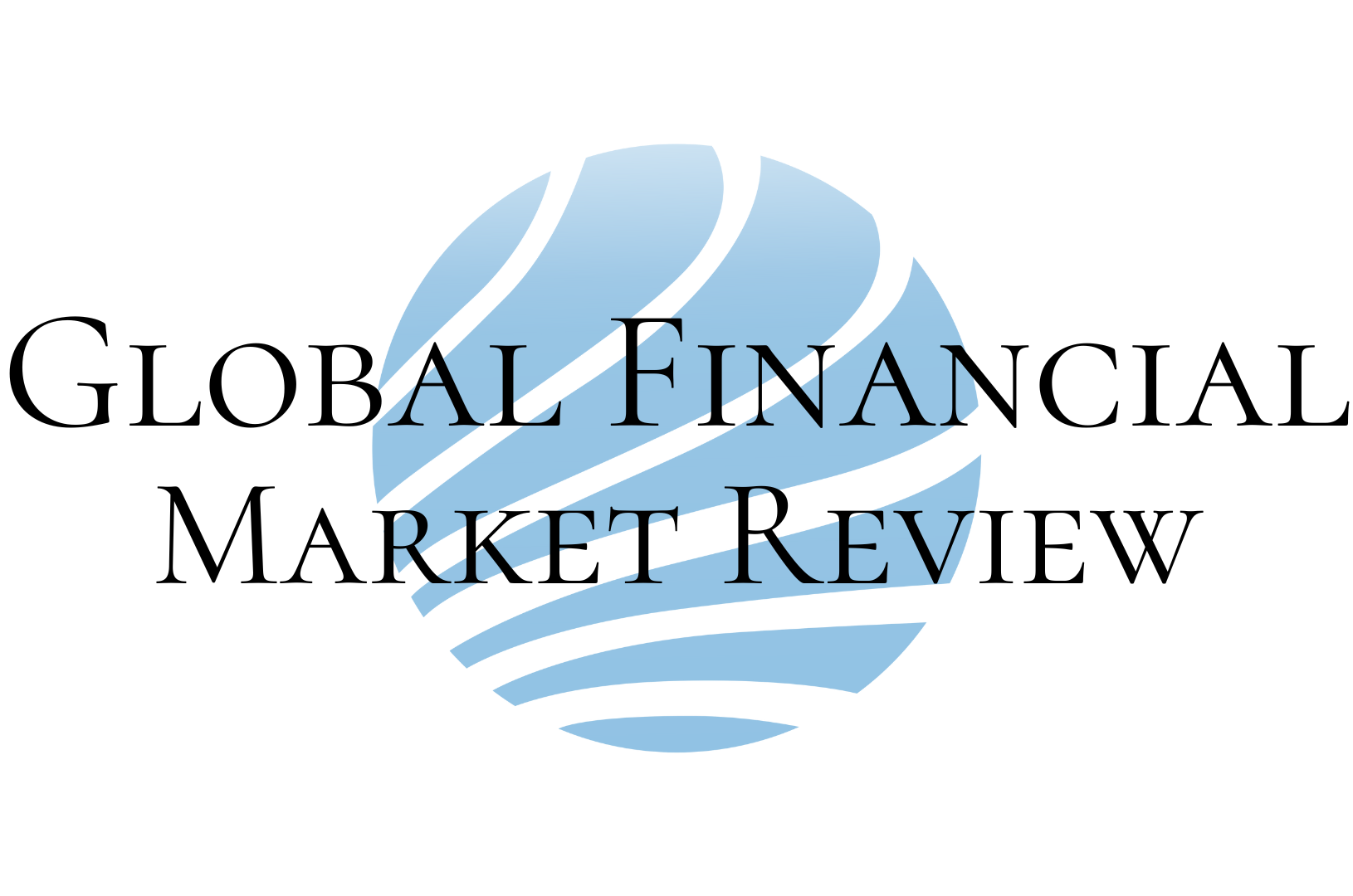Although foreign capital is pouring into Vietnamese banks, many banks in the M&A list still do not have foreign investors. These banks are waiting for strategic shareholders with long-term commitment to participate in the administration and management, improvement of technology and products to help them become really strong.
*Foreign capital wave
In August 2017, HSBCa foreign shareholder holding 172.4 million shares (19.41 percent) at Techcombank divested its entire capital and the bank bought back in the form of treasury shares. Accordingly, the ownership rate of foreign investor at Techcombank returned to zero percent. However, in March, Warburg Pincus agreed to invest more than $370 million in Techcombank.
At the same time, in Techcombank’s IPO, Singapore’s GIC Fund, Dragon Capital and Fidelity Management also wanted to negotiate to become key investors with up to 76 percent of shares. According to information at the listing, the ownership rate of foreign investors at Techcombank hit 22.5 percent.
At ACB, after more than 10 years of investing and becoming a strategic shareholder of ACB, Standard Chartered Bank withdrew capital from this bank in January 2018. However, these shares were immediately transferred to four foreign investors namely Estes Investments Limited, Sather Gate Investments Limited, Boardwalk South Limited and Whistler Investments Limited. In one recent year, the capital attraction from foreign investors also happened favourably at VPBank, TPBank.
In 2016, after four and a-half years of consolidating and restructuring, SCB said it was approved by the State Bank to sell stake to foreign investors at 50 percent of the chartered capital. In 2017, the bank negotiated with six investors, including banks, investment funds, and insurers from Norway, Indonesia, Taiwan and China.
Besides, a foreign fund proposed to purchase 15 percent stake of SCB and the bank also expected to find a common consensus in the negotiation with two potential investors from China and Indonesia. As expected, SCB would submit its plan to sell stakes to the State Bank for approval and the deal is expected to be completed in the middle of this year. However, at this year’s annual general meeting, the State Bank still has not publicised new information about the sale of shares to foreign investors. Similarly, after M&A, SHB and Maritime Bank still have not cooperated with foreign partners.
*Each bank has a different strategy
Vo Tan Hoang Van, CEO of SCB said the bank will call for foreign capital after completing the restructuring process after merger by 2019. By that time, the bank’s capacity would have been strengthened, the bank would have more advantages in calling for capital, and bringing higher benefits to banks and shareholders, and then it would consider listing. Currently, the bank is carrying out restructuring, the risk provisioning fund of the bank reached more than 6.5 trillion dong, while continuing increase the risk provisioning for bonds received from debts sold to the Vietnam Asset Management Company (VAMC) that were unresolved.
Similarly, Do Quang Hien, Chair of SHB said many foreign partners came but SHB’s opinion is that foreign partners must be really strategic, participate in management and administration and products and technology. Foreign partner who comes as strategic investor but only invests in short term is not suitable to SHB.
Earlier, SHB’s Board of directors repeatedly stated that it would carefully consider and evaluate the needs of investors to select investors who really need to make long-term, sustainable investment and are able to support the board of directors to enhance bank governance and management capability.
For Maritime Bank, the bank’s management board said it is focusing on the plan to list by 2019. Currently, foreign investors rate Maritime Bank shares very high. As such, if the listing takes place as expected, Maritime Bank will be able to attract foreign capital similar to many banks that have listed recently.
According to finance and banking experts, it is reasonable for some post-M&A banks to be cautious and wait for good opportunities to find foreign partners as well as to target at strategic partners because, after M & A, banks have had to pay for bad debts, declining profits and take several years to recover.
After the post-M & A restructuring phase, the economy will have a new bank that is stronger, has stable development and ensures the interests of customers, shareholders and investors. Until the new bank is really stable and strong, the demand for becoming strategic investors of foreign partners will also increase proportionally.
On the side of banks, now, foreign banks no longer focused on M & A or become a strategic partner with local banks like before, but focused more on self-development. However, foreign investment funds tended to actively invest in local banks with potential for development, healthy governance and transparent financial system. These are potential partners and banks should take time to learn and negotiate for long-term strategic cooperation.


